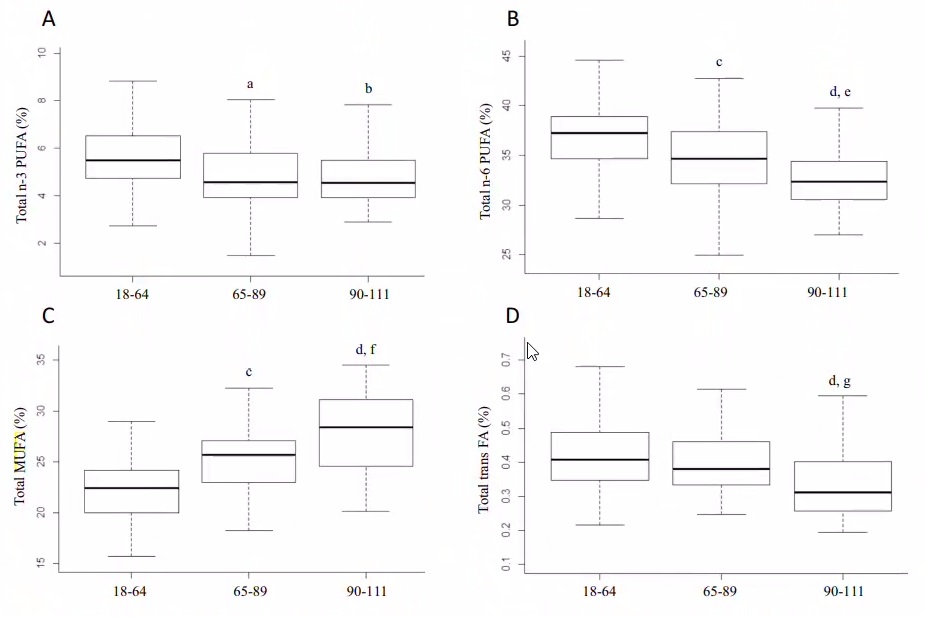
In this one, the addition of protein in a resistance training program was more effective than the program alone in increasing skeletal muscle mass and strength in older adults, and was also associated with less declines in skeletal muscle mass and strength after cessation. 

- The PRO supplement beverage contained 160 kcal of energy, 11.0 g of protein, 2.2 g of fat, 24.0 g of carbohydrate, and 2,300 mg of leucine per serving.
Participants in the RT+PRO group ingested the protein supplement within 5 min after completion of the RT program.
- The 24-week intervention period was followed by a 24-week follow-up de-training period without RT and/or leucine-enriched PRO supplementation.
All participants discontinued RT and/or PRO intake during the de-training period.
All participants were also instructed to maintain a lifestyle and physical activity equivalent to that at baseline during the de-training period.
De-Training Effects Following Leucine-Enriched Whey Protein Supplementation and Resistance Training in Older Adults with Sarcopenia: A Randomized Controlled Trial with 24 Weeks of Follow-Up
doi.org/10.1007/s12603…
#protein #aging #exercise #muscle
doi.org/10.1007/s12603…
#protein #aging #exercise #muscle
• • •
Missing some Tweet in this thread? You can try to
force a refresh











